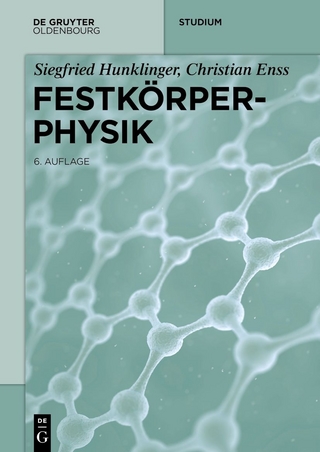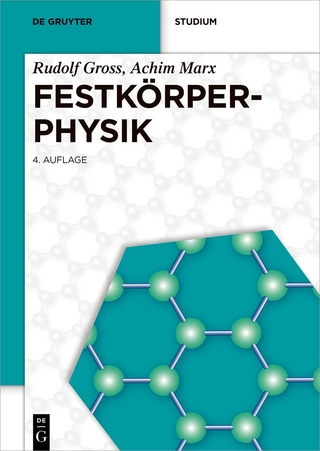
Unsteady-state Fluid Flow
Analysis and Applications to Petroleum Reservoir Behavior
Seiten
1999
Elsevier Science Ltd (Verlag)
978-0-444-50184-4 (ISBN)
Elsevier Science Ltd (Verlag)
978-0-444-50184-4 (ISBN)
- Titel ist leider vergriffen;
keine Neuauflage - Artikel merken
After introductory information about petroleum-bearing formations, fields, reservoirs and geologic codes, this text presents empirical methods for correlating and predicting unsteady-state behavior.
The ubiquitous examples of unsteady-state fluid flow pertain to the production or depletion of oil and gas reservoirs. After introductory information about petroleum-bearing formations and fields, reservoirs, and geologic codes, empirical methods for correlating and predicting unsteady-state behavior are presented. This is followed by a more theoretical presentation based on the classical partial differential equations for flow through porous media.Whereas these equations can be simplified for the flow of (compressible) fluids, and idealized solutions exist in terms of Fourier series for linear flow and Bessel functions for radial flow, the flow of compressible gases requires computer solutions, read approximations. An analysis of computer solutions indicates, fortuitously, that the unsteady-state behavior can be reproduced by steady-state density or pressure profiles at successive times. This will demark draw down and the transition to long-term depletion for reservoirs with closed outer boundaries.As an alternative, unsteady-state flow may be presented in terms of volume and surface integrals, and the methodology is fully developed with examples furnished. Among other things, permeability and reserves can be estimated from well flow tests.The foregoing leads to an examination of boundary conditions and degrees of freedom and raises arguments that the classical partial differential equations of mathematical physics may not be allowable representations. For so-called open petroleum reservoirs where say water-drive exists, the simplifications based on successive steady-state profiles provide a useful means of representation, which is detailed in the form of material balances.Unsteady-State Fluid Flow provides:• empirical and classical methods for correlating and predicting the unsteady-state behavior of petroleum reservoirs• analysis of unsteady-state behavior, both in terms of the classical partial differential equations, and in terms of volume and surface integrals• simplifications based on successive steady-state profiles which permit application to the depletion of both closed reservoirs and open reservoirs, and serves to distinguish drawdown, transition and long-term depletion performance.
The ubiquitous examples of unsteady-state fluid flow pertain to the production or depletion of oil and gas reservoirs. After introductory information about petroleum-bearing formations and fields, reservoirs, and geologic codes, empirical methods for correlating and predicting unsteady-state behavior are presented. This is followed by a more theoretical presentation based on the classical partial differential equations for flow through porous media.Whereas these equations can be simplified for the flow of (compressible) fluids, and idealized solutions exist in terms of Fourier series for linear flow and Bessel functions for radial flow, the flow of compressible gases requires computer solutions, read approximations. An analysis of computer solutions indicates, fortuitously, that the unsteady-state behavior can be reproduced by steady-state density or pressure profiles at successive times. This will demark draw down and the transition to long-term depletion for reservoirs with closed outer boundaries.As an alternative, unsteady-state flow may be presented in terms of volume and surface integrals, and the methodology is fully developed with examples furnished. Among other things, permeability and reserves can be estimated from well flow tests.The foregoing leads to an examination of boundary conditions and degrees of freedom and raises arguments that the classical partial differential equations of mathematical physics may not be allowable representations. For so-called open petroleum reservoirs where say water-drive exists, the simplifications based on successive steady-state profiles provide a useful means of representation, which is detailed in the form of material balances.Unsteady-State Fluid Flow provides:• empirical and classical methods for correlating and predicting the unsteady-state behavior of petroleum reservoirs• analysis of unsteady-state behavior, both in terms of the classical partial differential equations, and in terms of volume and surface integrals• simplifications based on successive steady-state profiles which permit application to the depletion of both closed reservoirs and open reservoirs, and serves to distinguish drawdown, transition and long-term depletion performance.
Part I. Reservoir Characteristics.Part II. The Representation of Flow Through Porous Media.Part III. Reduction to Practice.Part IV. The Use of Steady-State Profiles for Unsteady-State Flow.Index.
| Erscheint lt. Verlag | 2.7.1999 |
|---|---|
| Verlagsort | Oxford |
| Sprache | englisch |
| Gewicht | 1020 g |
| Themenwelt | Naturwissenschaften ► Physik / Astronomie ► Festkörperphysik |
| Technik ► Maschinenbau | |
| ISBN-10 | 0-444-50184-3 / 0444501843 |
| ISBN-13 | 978-0-444-50184-4 / 9780444501844 |
| Zustand | Neuware |
| Haben Sie eine Frage zum Produkt? |
Mehr entdecken
aus dem Bereich
aus dem Bereich


